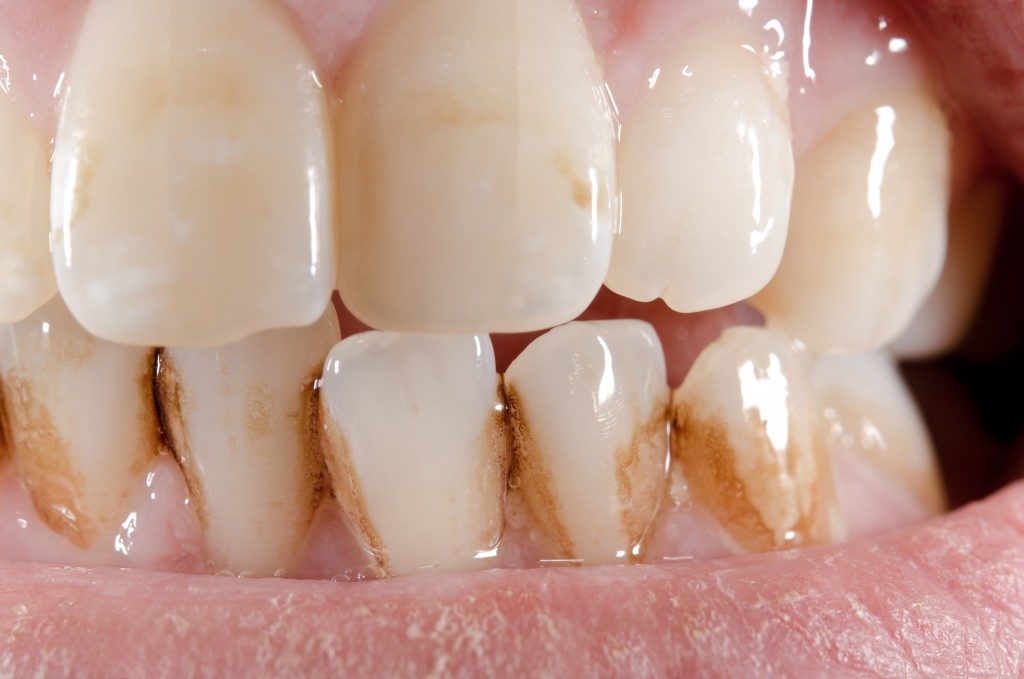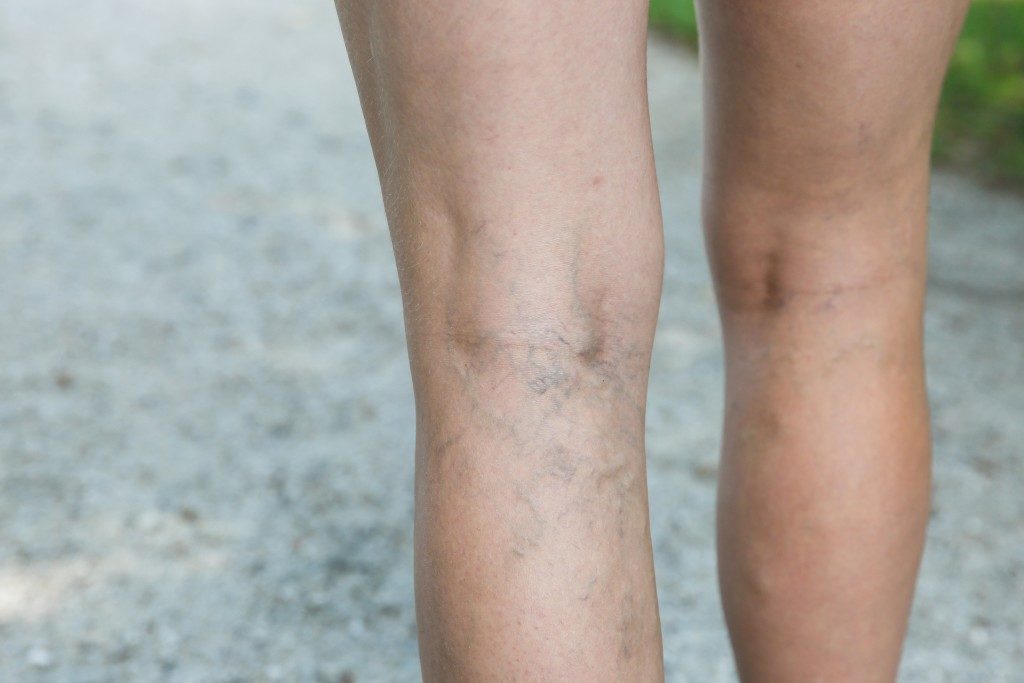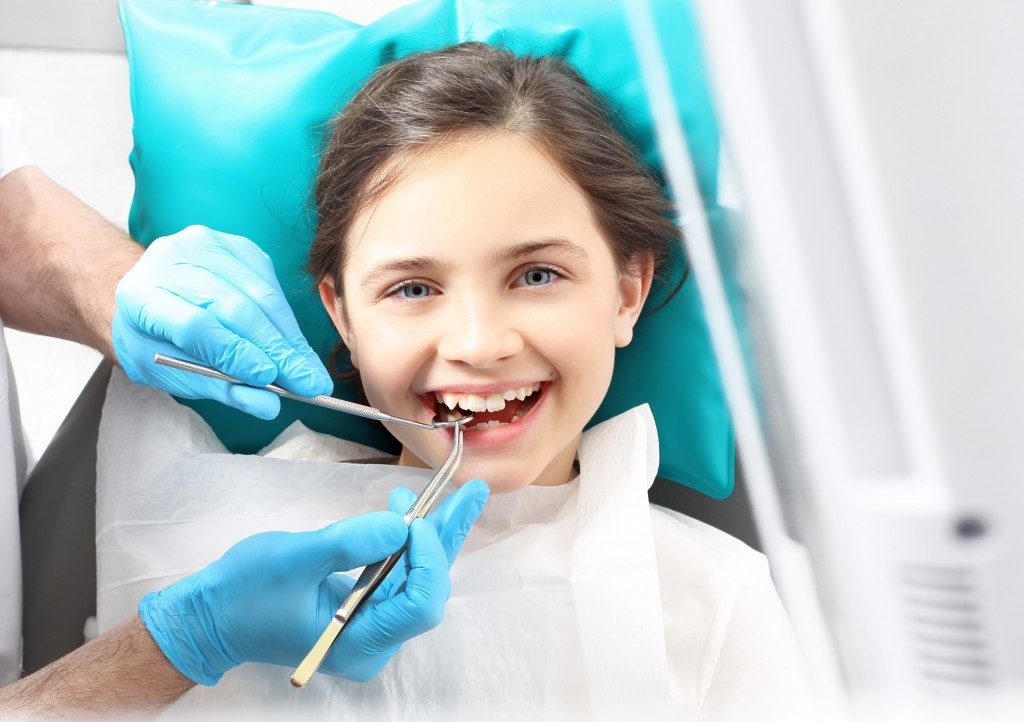Most people will only associate optimal oral health with sparkling white, pain-free teeth, and fresh breath. These are good indicators of oral hygiene but are, unfortunately not the only ones which mean optimal oral health. The most often overlooked element of oral health is the condition of your gums. People will only pay attention to their gums when they start bleeding or recede, and their teeth start falling off or become loose.
These symptoms are, as a Meridian-based family dentist will attest, an indicator of advanced periodontal disease. At this stage, most people have already lost a significant portion of their gum tissue, and jawbone and regenerative procedures are essential. The following are some of the regenerative treatments which might restore your oral health.
Scaling and Root Planing
This procedure denotes the deep cleaning of your gums and teeth. In scaling, a dentist will use a specialized tool for the removal of tartar, bacteria, plaque, and other debris from your teeth’s surfaces. Root planing, on the other hand, will smooth the surfaces of your dental roots and remove plaque, toxins, and bacteria from them. The smooth surface thus created will avert the adhesion of bacteria. An antibiotic wash will be used after the procedure to get rid of any bacteria left behind.
Pocket Reduction Surgery
 The swelling of your gums with the advancement of periodontal disease will cause the pulling away of your teeth from the gum and creation of pockets. Bacteria will then fall into the formed pockets and start attacking your gum tissue, the jawbone, and periodontal ligaments. With continued gum swelling, the pockets will deepen and make it extremely challenging to clean your teeth. Pocket reduction surgery eliminates the accumulated pockets and exposes your jawbone and dental roots for treatment. The procedure starts with the making of gum incisions to clean your infected gums and ends with re-stitching them to fit your teeth snugly.
The swelling of your gums with the advancement of periodontal disease will cause the pulling away of your teeth from the gum and creation of pockets. Bacteria will then fall into the formed pockets and start attacking your gum tissue, the jawbone, and periodontal ligaments. With continued gum swelling, the pockets will deepen and make it extremely challenging to clean your teeth. Pocket reduction surgery eliminates the accumulated pockets and exposes your jawbone and dental roots for treatment. The procedure starts with the making of gum incisions to clean your infected gums and ends with re-stitching them to fit your teeth snugly.
Jawbone Regeneration
Jawbone loss is the cause of loose and falling out teeth. If you have already lost your teeth, dental implants will be the ideal solution to restore the function and look of your mouth. The implants will, however, need bone regeneration or grafting to support them. A graft will be harvested from another part of your mouth or a synthetic one used to strengthen and regenerate your jawbone.
Gum Tissue Regeneration
The recession associated with gum disease will lead to teeth sensitivity, lengthening of your teeth, and an increased risk of infections. Gum tissue regeneration or grafting is the ideal solution for gum recession. In the treatment, a dentist will harvest soft tissue from other areas of your mouth then suture it over the recessed area. As your tissues grow together, they will form a firm seal around the teeth restoring your dental health and a natural smile.
Without the above regenerative treatments, gum disease will continue progressing and lead to a range of systemic conditions. The most common ones associated with advanced periodontal disease are heart conditions secondary to damage of your cardiac valves. The above treatments are hence not just designed for your oral health but also play a crucial role in your overall well-being.




